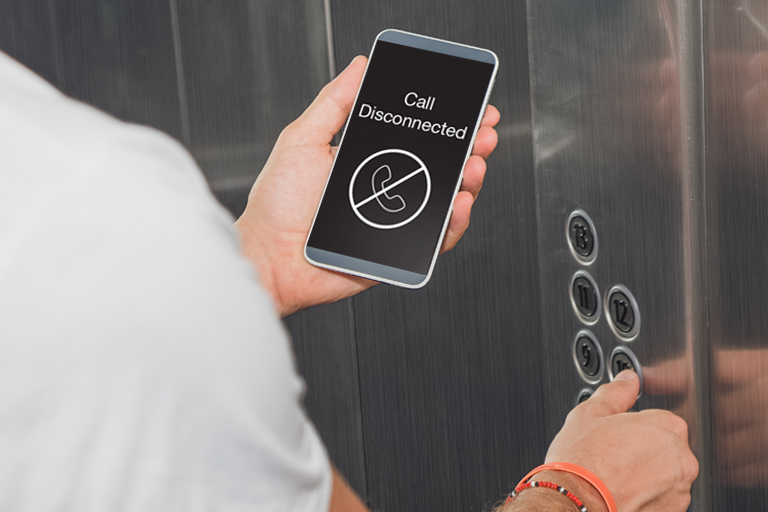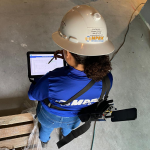… most of the time you can not, understand why…

Everybody already went through the awful situation of been trapped in an elevator or already heard about someone who had been in this unpleasant scenario, (this happens more than you think¹). Most elevators have an emergency phone in place that allows communication to the building’s security or the elevator’s company, or simply an emergency button. Sometimes for different reasons neither of those systems works, if no help is on the way and your call is unanswered your second option is to dial 911 on your mobile phone and is important the building has good Cellular and Public Safety signal coverage otherwise you won’t be able to complete your call. The issue is oftentimes cellular communication is not possible inside elevators ( It is important to note that Off-Air DAS systems cannot provide indoor location information during 911 calls). Any building with an elevator has multiple stories, that means layers and layers of concrete, steel, block or brick even e-glass between your phone and the cell signal source blocking and weakening the RF(Radio Frequency) signal, when you take the elevator, you are stepping inside a sort of “Faraday cage”².
Yep, that’s what an elevator is, an elevator is essentially a Faraday cage (A metal box, No RF signals in or out) Also, it’s located inside another steel-reinforced concrete space – the elevator shaft which in turn is located inside the multiple story building we mentioned above.
Because of that the cell signal typically can’t reach your phone when you’re in an elevator and the truth is, even if the tower signal could get to your phone inside the elevator, it would be virtually impossible for the transmitter on your phone to send its signal back to the cell tower to complete the communications loop. There are just too many layers of concrete and steel for your signal to pass-through.
The only reliable way to get a cellular signal to a phone inside an elevator is to have in place a cell signal boosting system.
There are different versions of these devices, so it is essential to pick the one that is the most appropriate in each case. The best way to do that is by taking readings in and around the building with a machine called a scanner and analyze the results.
The first step to solve such issue is to request a site survey in the building and then design the best cost-effective solution for your building.

References:
By Michael Gold and Ali inston
Jan. 28, 2019
[2] – King, David Robert, et al. “Faraday cage.” U.S. Patent
No. 5,761,053. 2 Jun. 1998.

